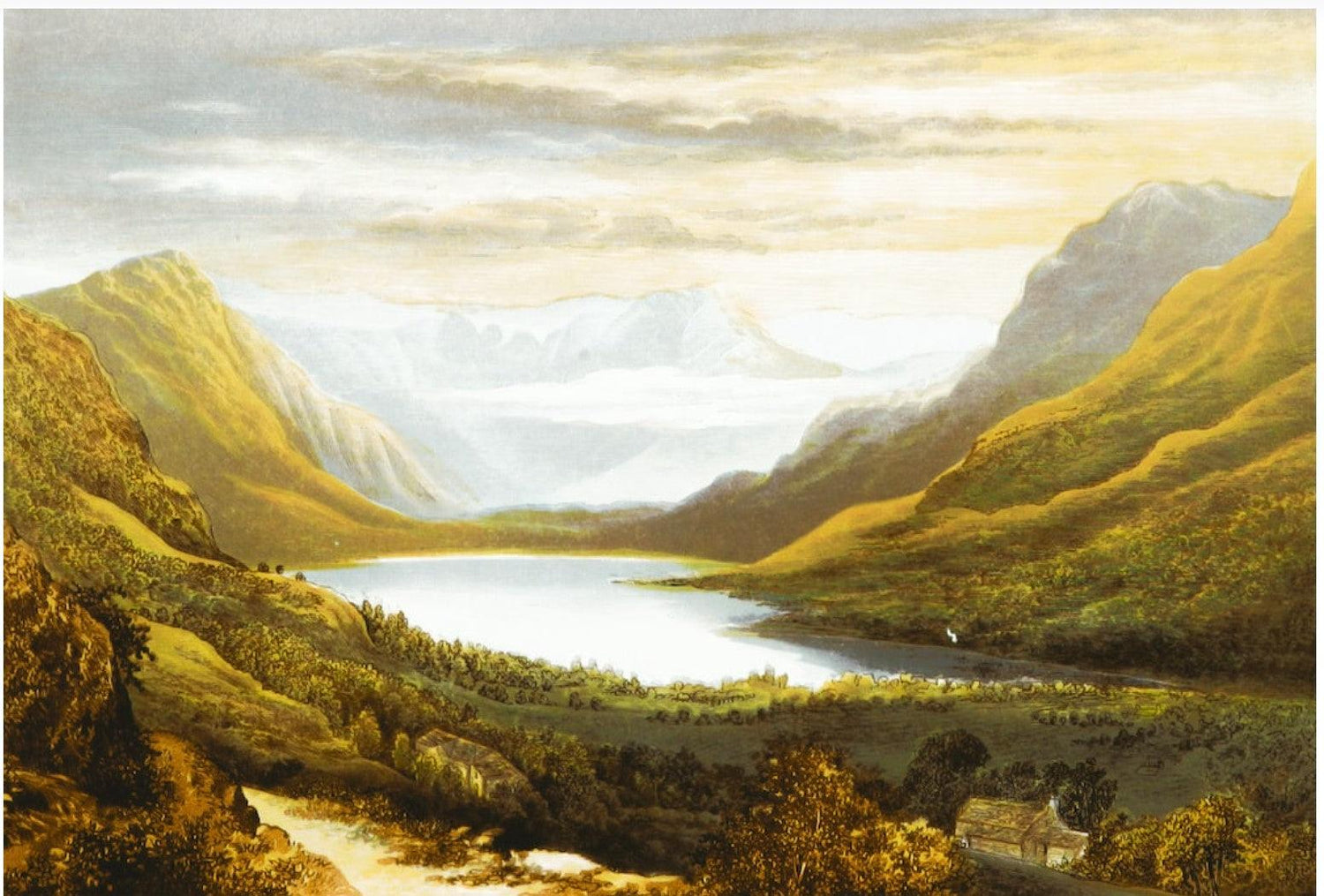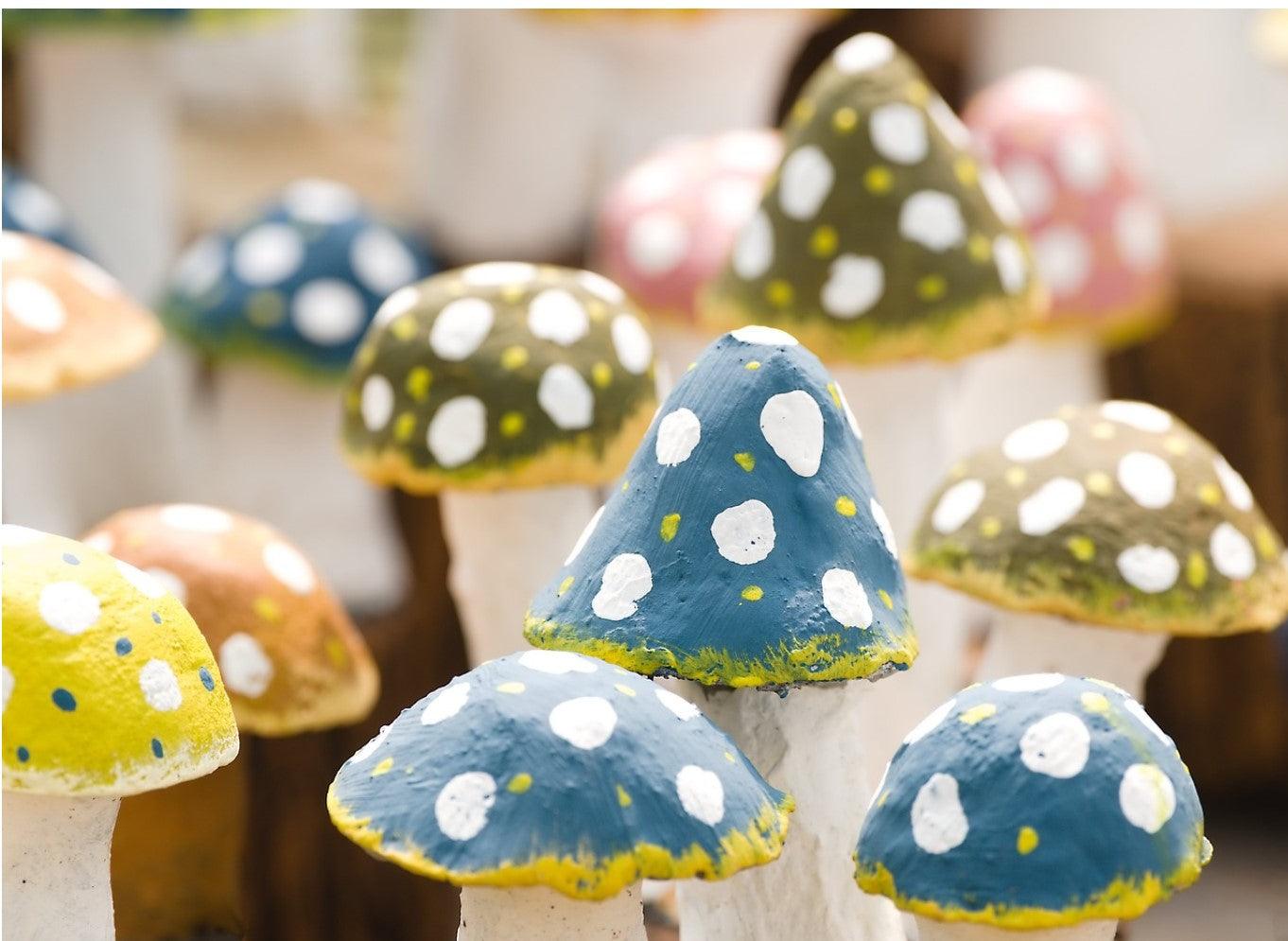
As an oil painter, there are few things more satisfying than capturing the beauty of nature on canvas. The colors, textures, and light of a landscape can be endlessly inspiring, but it can also be a challenging subject to tackle. In this article, I’ll share with you my tips and techniques for mastering the art of oil painting landscapes.
Introduction: The Beauty of Oil Painting Landscapes

Oil painting is a medium that has been used for centuries to capture the beauty of nature. From the Dutch Masters to the Impressionists, landscape painting has been a favorite subject of many artists. The beauty of oil painting landscapes lies in their ability to capture the light, colors, and textures of nature in a way that is unique to this medium.
Understanding the Basics of Oil Painting Landscapes
Before you start painting, it’s important to understand the basics of oil painting. Oil paint is a slow-drying medium that allows for layering and blending of colors. It’s important to use quality materials, including brushes, canvas, and paint, to achieve the best results.
When it comes to landscapes, it’s important to consider the composition. Think about the foreground, middle ground, and background. Consider the balance of light and dark and the use of color to create mood.
Essential Tools and Materials for Oil Painting Landscapes

To get started with oil painting landscapes, you’ll need a few essential tools and materials. These include:
- Oil paint: Invest in quality oil paint in a range of colors. Look for paints that are lightfast, meaning they won’t fade over time.
- Brushes: A variety of brushes in different sizes and shapes will help you achieve different textures and details in your painting.
- Canvas: Choose a canvas that is suitable for oil painting. Canvas boards or stretched canvas are both good options.
- Solvent: You’ll need a solvent like turpentine or mineral spirits to clean your brushes and thin your paint.
- Palette: A palette for mixing your paint is essential. You can use a traditional wooden palette or a disposable one.

Choosing the Right Color Palette for Your Landscape Painting
Choosing the right colors for your landscape painting is essential to capturing the mood and atmosphere of your subject. When selecting your color palette, consider the time of day, weather, and season.
For example, a warm color palette with yellows, oranges, and reds might be suitable for a sunny summer landscape. A cool color palette with blues, greens, and purples might be more appropriate for a winter landscape.

Techniques for Painting Trees in Oil
Trees are a common element in landscape painting, and there are several techniques that you can use to paint them in oil. One technique is to use a dry brush to create the texture of the bark.
Start by painting the trunk of the tree in a light color. Then, use a dry brush to add darker colors and create the texture of the bark. Another technique is to use a fan brush to create the branches and leaves of the tree.
Dip the fan brush in paint and use it to create a flicking motion to create the branches and leaves. Vary the pressure and direction of the brush to create a natural-looking tree.

Tips for Creating Depth and Dimension in Your Landscape Painting
Creating depth and dimension in your landscape painting is essential to making it feel realistic. One way to create depth is to use atmospheric perspective. This means that objects that are farther away appear lighter and less detailed than those that are closer.
Another way to create depth is to use overlapping shapes. This means that objects that overlap appear closer than those that don’t. Use this technique to create layers in your painting and give it a sense of depth.

Creating a Composition for Your Landscape Painting
Creating a composition for your landscape painting is an important step in the process. Consider the rule of thirds, which involves dividing your canvas into thirds vertically and horizontally.
Place the horizon line on one of the horizontal lines, and the focal point of your painting is where the lines intersect. This will create a balanced and visually appealing composition.

Step-by-Step Guide for Painting a Landscape for Beginners
If you’re new to oil painting landscapes, it can be helpful to follow a step-by-step guide. Here is a simple guide to get you started:
Sketch your composition lightly on your canvas.
Paint the sky and clouds, using a light color for the sky and white for the clouds.
Paint the horizon line and any background elements, such as mountains or hills.
Paint the middle ground and any objects in the foreground, such as trees or rocks.
Add details and highlights to your painting.
Unique Oil Painting Landscape Ideas

If you’re looking for unique oil painting landscape ideas, consider painting a cityscape or a seascape. Both offer unique challenges and opportunities for creativity.
A cityscape might involve capturing the bustling energy of a city street, while a seascape might involve capturing the movement and power of the ocean.
Taking Inspiration From Christine Lashley's Vibrant Landscapes

Christine Lashley is a contemporary artist known for her vibrant and colorful landscapes. Her work is a great source of inspiration for oil painters.
Take a look at her use of color and brushwork, and see how you can incorporate similar techniques into your own work.
Easy Landscape Oil Painting Techniques for Beginners

If you’re new to oil painting, there are several easy techniques that you can use to get started. One is to use a limited color palette, which will help you focus on color mixing and brushwork.
Another is to start with small studies, which will allow you to experiment with different techniques without committing to a larger painting.
Scenic Oil Painting Ideas for Your Next Masterpiece

If you’re looking for scenic oil painting ideas for your next masterpiece, consider painting a sunrise or a sunset. Both offer unique opportunities for capturing the beauty of light and color.
Another idea is to paint a forest or woodland scene with dappled light and rich textures.
Conclusion: Mastering the Art of Oil Painting Landscapes

Oil painting landscapes is a challenging but rewarding subject. With the right tools, materials, and techniques, you can capture the beauty of nature on canvas.
Remember to consider the composition, color palette, and techniques for capturing the textures and details of your subject. With practice and patience, you can master the art of oil painting landscapes and create your own masterpieces.
Ready to try your hand at oil painting landscapes? Start with a simple study and experiment with different techniques and colors. With practice and patience, you can create beautiful paintings that capture the beauty of nature.







Leave a comment
All comments are moderated before being published.
This site is protected by hCaptcha and the hCaptcha Privacy Policy and Terms of Service apply.